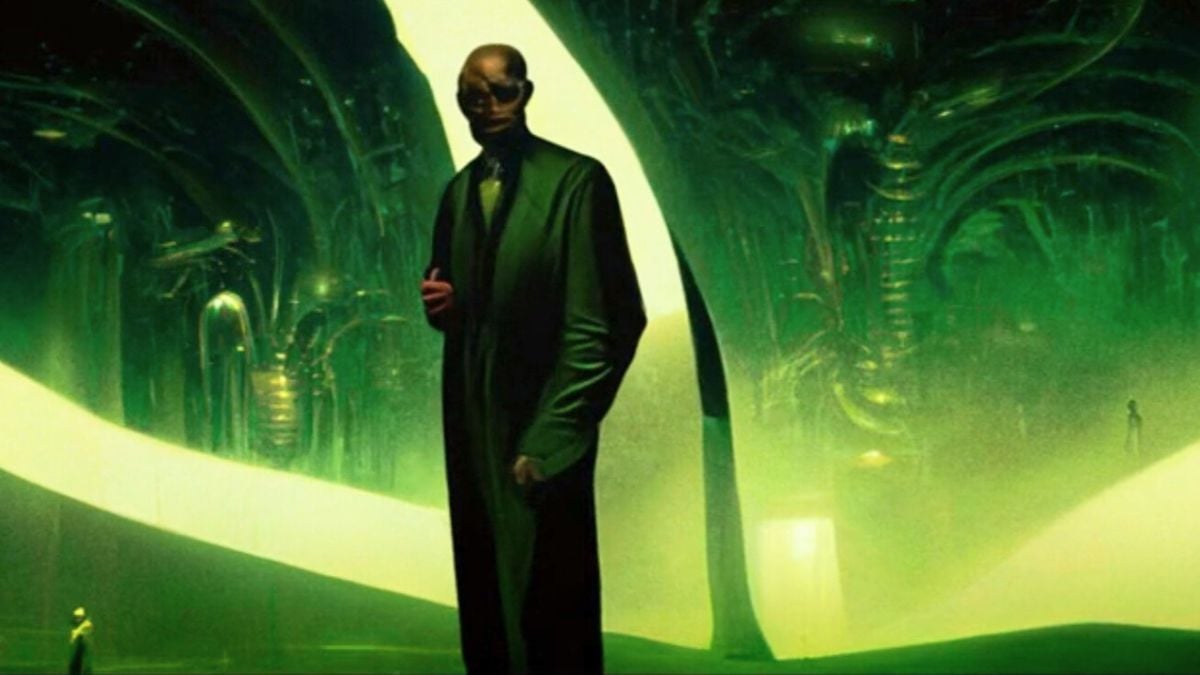Marvel Studios faced backlash after it was discovered that the opening sequence for Secret Invasion was AI-generated. This upset numerous artists and Marvel fans who were under the impression that jobs were lost as a result. However, the studio that made the opening sequence argued that no jobs were lost.
Method Studios, the company behind the production of the opening sequence in question, claimed that the AI used to create the art for the opening sequence was just a “tool” for the artists to use. It also reassured that no jobs were lost or replaced. According to a statement received by The Hollywood Reporter, the art seen in the intro was designed by the art department, animators, compositors, and other artists. AI was used solely to create the movements in the opening.
“AI is just one tool among the array of toolsets our artists used. No artists’ jobs were replaced by incorporating these new tools; instead, they complemented and assisted our creative teams…”
The use of AI in animated projects has been a debated topic for quite some time. Studios claim that it’s a tool to help artists and make their work more efficient. Meanwhile, artists argue that using AI steals the art of existing artists and could eliminate jobs in the industry.
The first time a major studio did this was through an experimental collaboration with Netflix and WIT Studios after they released a short anime film that used AI for background art. Netflix stated in their press release that AI could help combat the “labor shortage” in the anime industry in Japan. Unfortunately, this project received negative attention from artists, especially when it was noticed that the “human” in the credits for background artists didn’t have a name.
While studios would like to argue that there is room for AI to have a place in the industry, the ethical usage of the software will always be under the microscope. Especially when the topics of copyright, authenticity, and its effect on the workforce remain on the table, unresolved.

